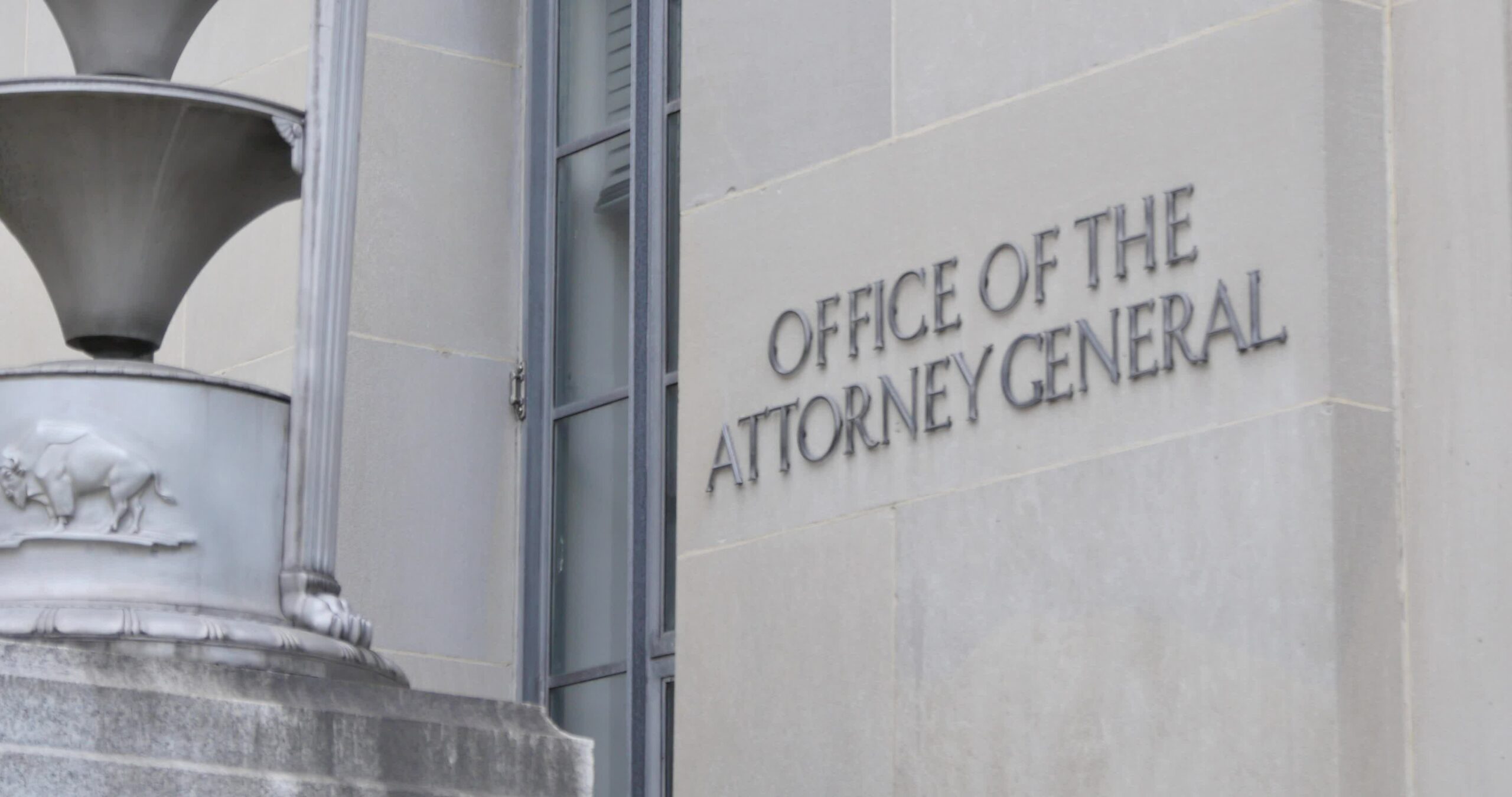In the vast landscape of American governance, few positions hold as much significance as that of the Attorney General. Serving as the nation’s chief law enforcement officer, the Attorney General wields immense power and responsibility, standing at the forefront of upholding justice and defending the rule of law. To comprehend the essence of this pivotal role, one must delve into its historical roots, understand its contemporary challenges, and appreciate its enduring impact on society.
The Historical Tapestry
To grasp the evolution of the Attorney General’s role, we must embark on a journey through the annals of American history. Like threads intricately woven into a tapestry, each Attorney General has left an indelible mark on the nation’s legal landscape. From Edmund Randolph, the first to hold the office in 1789, to the stalwart guardians of justice in the modern era, such as William Barr and Merrick Garland, the lineage of Attorney Generals reflects the ever-changing contours of American jurisprudence.
Pillars of Justice
At its core, the role of the Attorney General rests upon the pillars of justice, integrity, and impartiality. Much like the iconic scales of Lady Justice, the Attorney General must balance the interests of law enforcement with the protection of individual rights and liberties. Just as a skilled sculptor chisels away the excess to reveal the essence of a masterpiece, the Attorney General must navigate complex legal issues with precision and clarity, sculpting a path towards a more just society.
Guardians of Democracy
In the tumultuous currents of contemporary politics, the Attorney General serves as a steadfast guardian of democracy. Like the lighthouse guiding ships through treacherous waters, the Attorney General illuminates the path of justice, ensuring that the beacon of liberty shines brightly for all. Upholding the rule of law amidst political turbulence requires not only legal acumen but also unwavering commitment to the principles enshrined in the Constitution.
Challenges on the Horizon
Yet, the journey of America’s Attorney Generals is not without its challenges. In an era marked by rapid technological advancement and global interconnectedness, the boundaries of jurisprudence are constantly being tested. From cybersecurity threats to transnational crime, the Attorney General must confront new frontiers of law enforcement with agility and foresight. Like a skilled navigator charting a course through uncharted waters, the Attorney General must adapt to the evolving challenges of the 21st century.
Conclusion: A Call to Justice
As we conclude our exploration of America’s Attorney Generals, we are reminded of the timeless imperative of justice. Like a beacon in the darkness, the Attorney General stands as a symbol of hope, guiding the nation towards a brighter future. In the words of former Attorney General Robert F. Kennedy, “The glory of justice and the majesty of the law are created not just by the Constitution – nor by the courts – nor by the officers of the law – nor by the lawyers – but by the men and women who constitute our society – who are the protectors of the law as they are themselves protected by the law.”
In the intricate tapestry of American governance, the role of the Attorney General remains a central thread, binding together the fabric of democracy. With steadfast commitment to justice, unwavering integrity, and enduring vigilance, America’s Attorney Generals continue to uphold the noblest ideals of the nation, ensuring that the flame of liberty burns ever bright.
